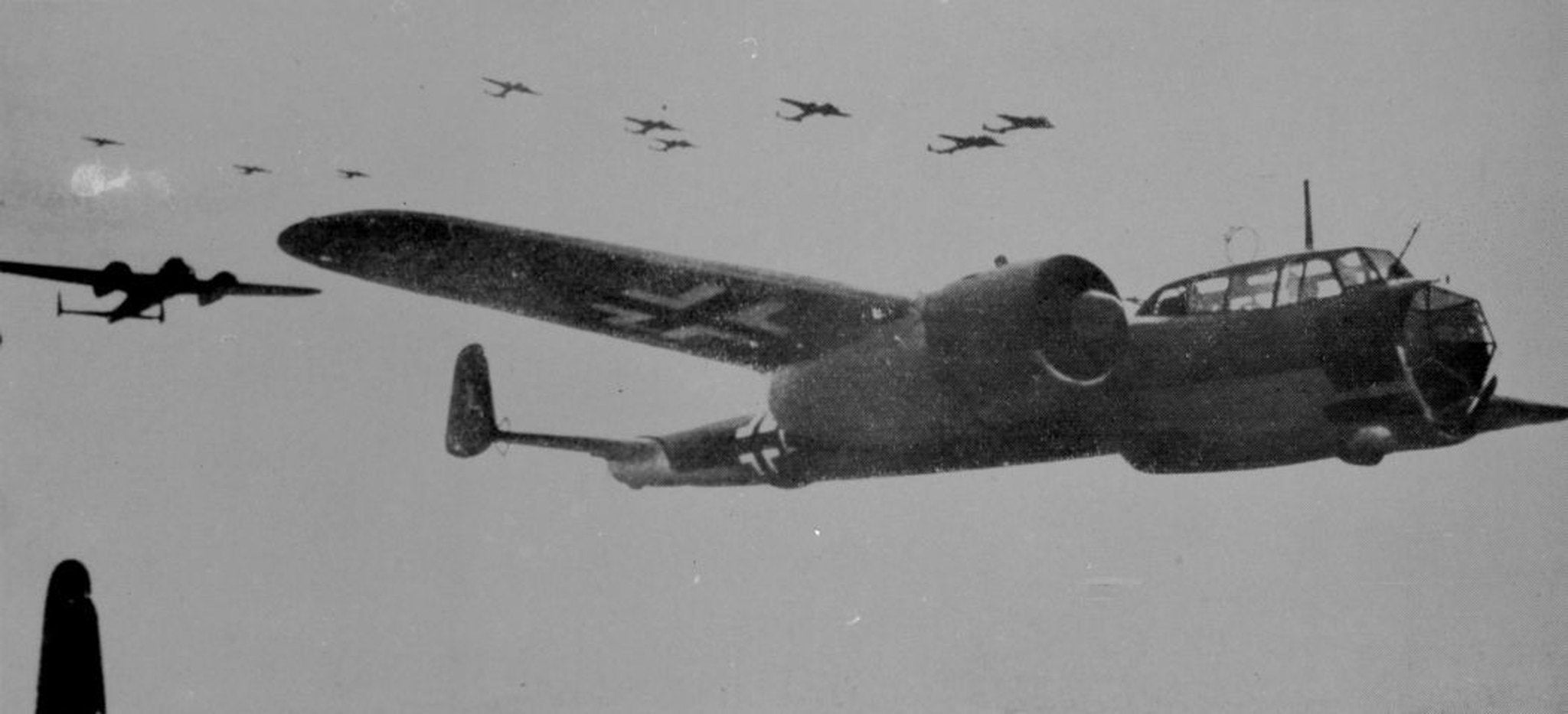Dornier Do 17 bomber plane salvage operation on hold

Your support helps us to tell the story
From reproductive rights to climate change to Big Tech, The Independent is on the ground when the story is developing. Whether it's investigating the financials of Elon Musk's pro-Trump PAC or producing our latest documentary, 'The A Word', which shines a light on the American women fighting for reproductive rights, we know how important it is to parse out the facts from the messaging.
At such a critical moment in US history, we need reporters on the ground. Your donation allows us to keep sending journalists to speak to both sides of the story.
The Independent is trusted by Americans across the entire political spectrum. And unlike many other quality news outlets, we choose not to lock Americans out of our reporting and analysis with paywalls. We believe quality journalism should be available to everyone, paid for by those who can afford it.
Your support makes all the difference.An attempt to bring the only surviving German Second World War Dornier Do 17 bomber from its watery grave in the English Channel has been postponed for at least a week due to bad weather.
The aircraft was shot down more than 70 years ago during the Battle of Britain and the project is believed to be the biggest recovery of its kind in British waters.
But attempts by the RAF Museum to raise the relic have been hit by strong winds over the weeks and the operation has now gone back into port after an unsuccessful try last night that was abandoned due to high winds.
A museum spokesman Ajay Srivastava said that it was unlikely that any attempt would be made this week because of the weather but that another try to bring the aircraft to the surface would commence as soon as the weather improved.
Money and resources remain committed to bringing the wreck up, he said.
The plan to raise the Dornier has had to be adapted and now involves attaching lifting equipment to what are believed to be the strongest parts of the aircraft's frame and raising it whole, in a single lift instead of constructing a cage around it, which was the original plan.
It will then be placed on a barge and sent to the museum's conservation centre at Cosford, Shropshire.
Peter Dye, director general of the museum, said: "We have adapted the lifting frame design to minimise the loads on the airframe during the lift while allowing the recovery to occur within the limited time remaining.
"The RAF Museum has worked extremely closely with SeaTech (the dive company) throughout this process and both organisations remain determined to complete this challenging task and see the Dornier safely recovered as planned and delivered to the museum's conservation centre for preservation and public exhibition."
The existence of the aircraft at Goodwin Sands, off the Kent coast, became known when it was spotted by divers in 2008 at a depth of some 50ft lying on a chalk bed with a small debris field around it.
Sonar scans by the RAF Museum, Wessex Archaeology and the Port of London Authority then confirmed the identity of the aircraft as the Dornier Do 17Z Werke number 1160.
Nicknamed the Luftwaffe's "flying pencil" bombers because of their narrow fuselage, this aircraft is said to be in "remarkable condition".
Experts are excited by the find because other than the effects of sea life, such as barnacles, coral and marine life, it is largely intact.
Amazingly the main undercarriage tyres remain inflated but the propellers clearly show the damage inflicted during the bomber's fateful final landing, experts have said.
Lifting it from the sea will need pioneering technology but will be tricky because of tide and weather conditions.
Mr Dye said: "The discovery and recovery of the Dornier is of national and international importance.
"The aircraft is a unique and unprecedented survivor from the Battle of Britain and the Blitz.
"It will provide an evocative and moving exhibit that will allow the museum to present the wider story of the Battle of Britain and highlight the sacrifices made by the young men of both air forces and from many nations.
"It is a project that has reconciliation and remembrance at its heart."
Once it has been lifted, work will start to conserve and prepare the Dornier for display.
It will be placed in two hydration tunnels and soaked in citric acid for the first stage of its conservation. Once the delicate process is complete, the aircraft will be displayed at the museum's London site within the context of the Battle of Britain story.
A grant of more than £345,000 from the National Heritage Memorial Fund (NHMF), which was set up to save the country's most precious heritage, has allowed the work to commence.
The Dornier Do 17 will join a range of more than 1,200 objects and places which have been safeguarded by the NHMF at a cost of more than £300 million.
These include HMS Caroline, the last surviving First World War ship, a rare collection of work by Second World War codebreaker Alan Turing and HMS Alliance, the last surviving submarine of the Second World War.
PA
Join our commenting forum
Join thought-provoking conversations, follow other Independent readers and see their replies
Comments